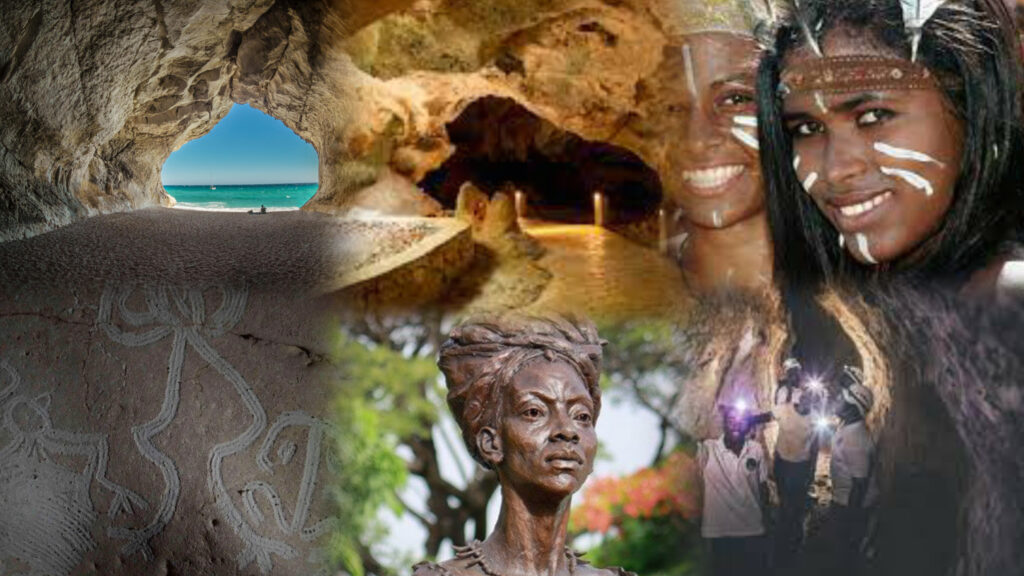
Welcome to the thrilling world of Jamaican caves, where mystery and adventure await beneath the surface. With over 1,000 cave systems dotting the landscape, Jamaica boasts a hidden realm waiting to be explored. From the rugged mountains to the lush valleys, these underground networks hold secrets dating back millions of years. Join us as we embark on a journey into the heart of the island's subterranean wonders, where each cavern tells a story of geological marvels and ancient civilizations.
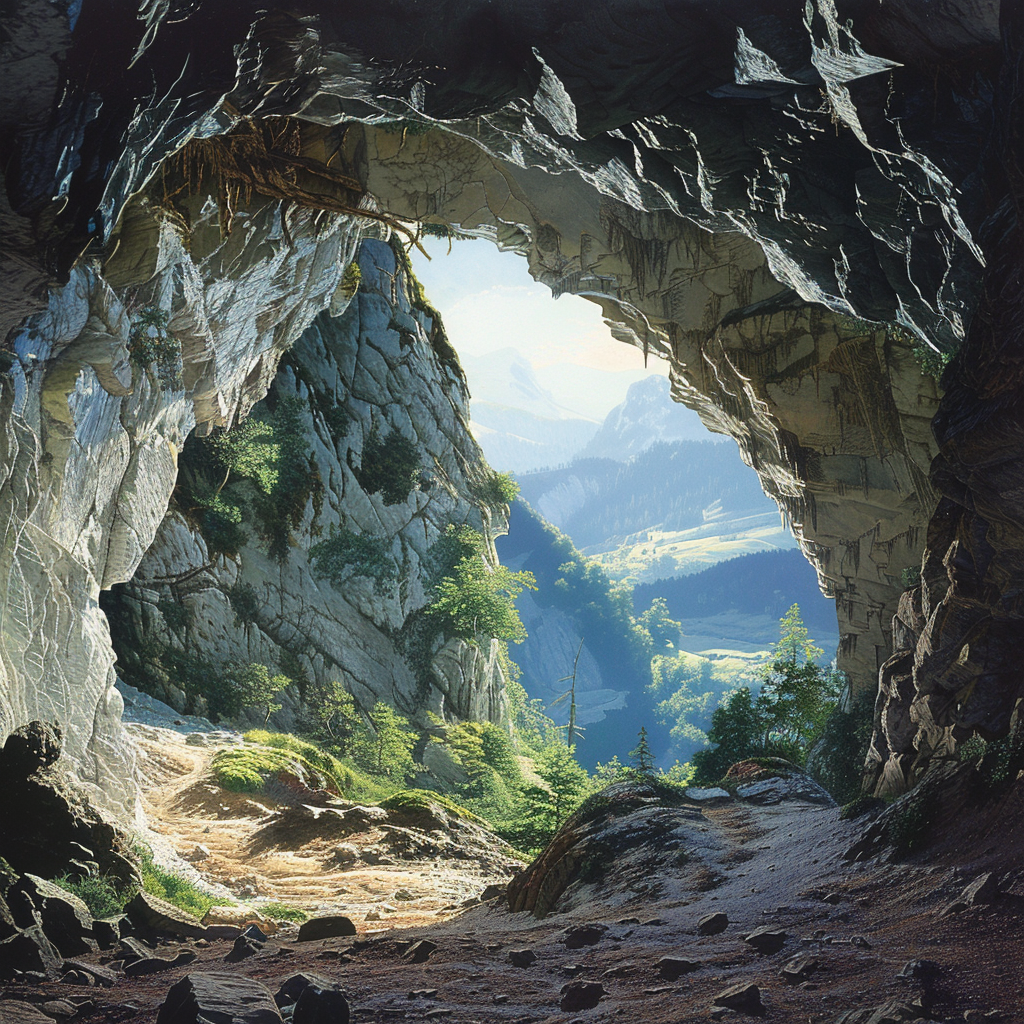
Picture the world 115 million years back, a time when dinosaurs roamed the Earth and the Caribbean Plate lay beneath the waves of the Pacific Ocean. Deep within the Earth, a magnificent force stirred – a fiery plume of molten rock surged upward, birthing the very foundation upon which Jamaica rests today.
As eons passed, this colossal plate went on a slow eastward journey, drifting through the ancient waters that separated North and South America. Initially, Jamaica emerged from the ocean's embrace, a proud landmass gracing the surface. But the tides of fate would soon shift.
Approximately 40 million years ago, Jamaica vanished beneath the waves once more, sinking into the abyss below. For millions of years, the island lay submerged, cloaked in darkness beneath a mile of water. Yet, amidst the tranquil depths, a transformative process was underway. Layers of clay and mud settled upon the sunken landmass, gradually transforming into limestone – a testament to the enduring alchemy of nature.
Fifteen million years passed in silent slumber before Jamaica stirred once more, rising from its watery cocoon. The land emerged in stages, with the majestic Blue Mountains casting their shadow upon the eastern horizon, followed by the lofty peaks of Dolphin Head and its neighboring highlands in the west. Over thousands of years, Jamaica's land changed little by little, like a flower opening its petals. But below the surface, there was a secret world – a maze of caves made from soft limestone. Rainwater slowly carved out huge chambers and tunnels, making rivers vanish underground. Sometimes, parts of the caves collapsed, leaving big holes in the ground above.
In the caves below, life thrived. Many creatures, like bugs and reptiles, made their home in these cool, dark spaces. But the Taino people, who arrived later, held a special place of respect and awe in these underground worlds.

Unraveling the Mysteries of the Taino
For the Taino, caves held profound spiritual significance, woven into the fabric of their beliefs and ceremonies. While historical evidence suggests that the Taino primarily dwelled in village huts rather than caves, caves served as sacred sites for their rituals. Across Jamaica, cave walls bear witness to their artistic legacy – intricate drawings and geometric designs hinting at a deeper connection to the unseen realms.
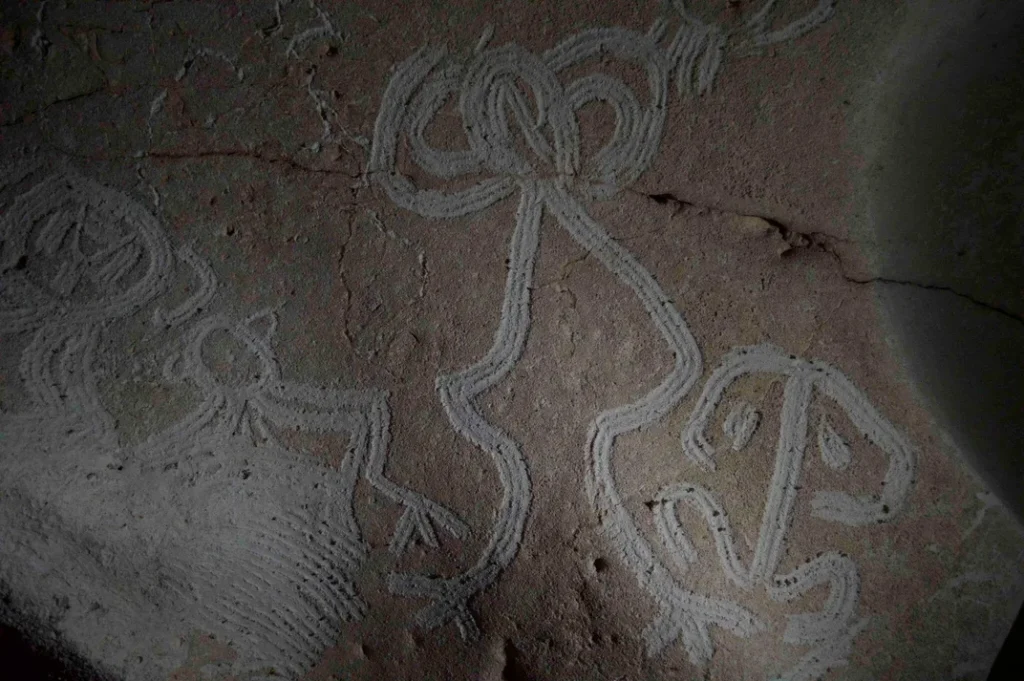
Legend whispers of Cacibajagua, the great cave of Hispaniola from which the Taino believed they originated. Though the Taino's use of caves as dwellings remains debated, these underground chambers held sway over their collective consciousness, woven into the tapestry of their ancestral lore.
In 1494, the arrival of Christopher Columbus brought a new chapter in Jamaica's saga. The tragic fate of the Taino unfolded with the arrival of European explorers, their myths and culture fading. Yet, parts of their legacy endure.

The Maroon Legacy: Defenders of the Cockpit Country
In the wild heart of Jamaica, the Cockpit Country was a stronghold against colonial rule. Here, in its twisting hills and valleys, the Maroons fought hard for freedom. Colonel Cudjoe led them with bravery, using guerrilla tactics to fend off the British.
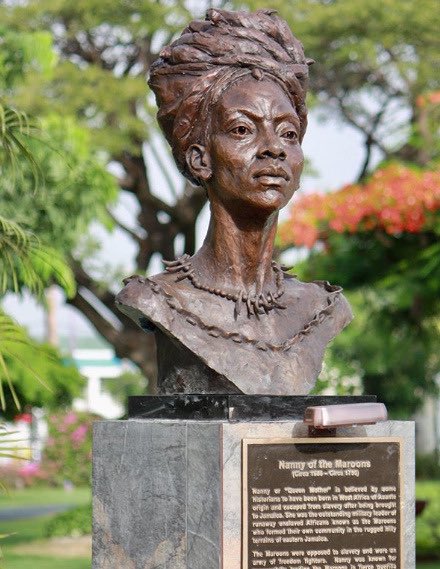
Though records are scant, tales speak of the Maroons' strategic use of caves as bastions of defense. The Cockpit's rugged terrain lent itself to ambushes and surprise attacks, with Maroon fighters striking from the shadows to repel British forces.
While the specifics of cave warfare remain shrouded in mystery, the Cockpit's natural fortifications provided ample cover for Maroon resistance. Though the details of cave warfare are unclear, the Cockpit's natural defenses hid the Maroons well. The caves and sinkholes were like a maze, making it hard for the British to track them down and conquer, frustrating British attempts at conquest.
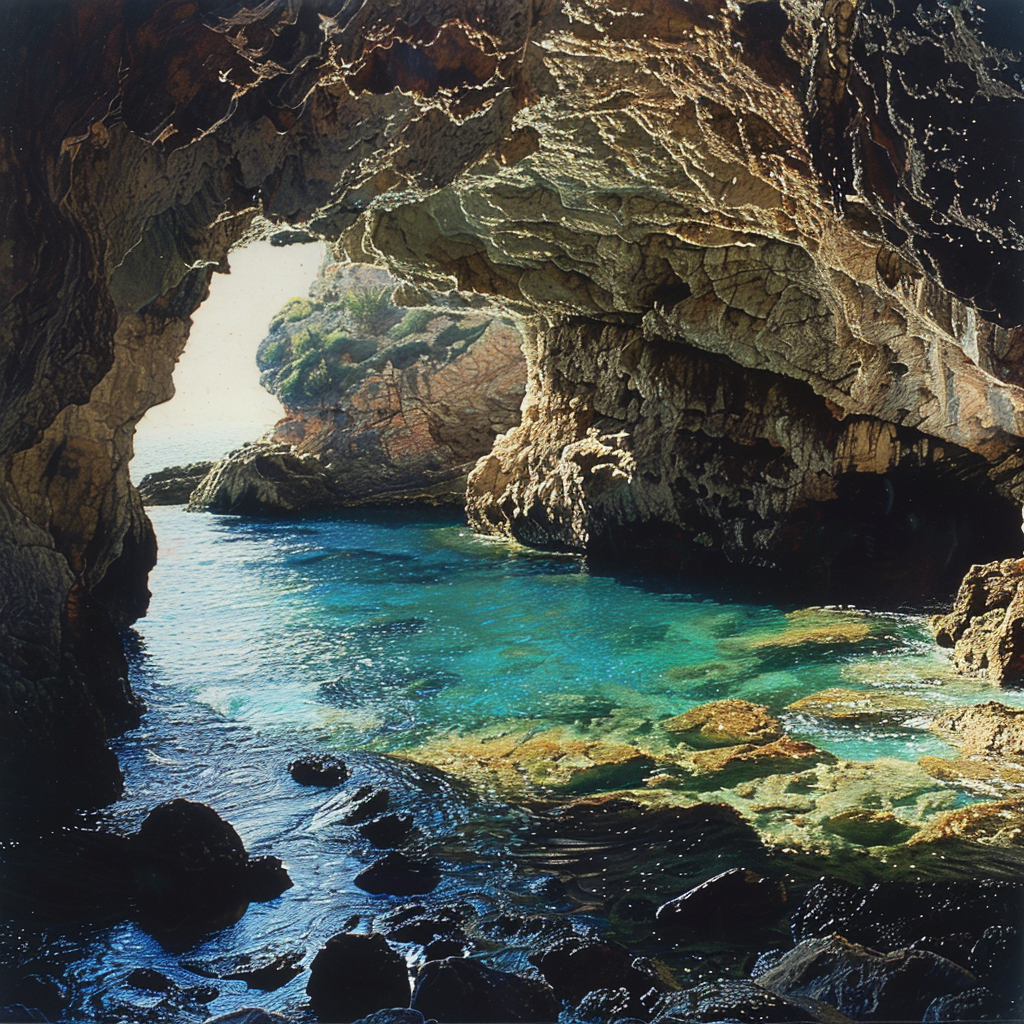
A Modern Exploration: Delving into the Depths
After Jamaica's turbulent history, a new era of exploration emerged, driven by curiosity and scientific investigation. Brave explorers ventured into the depths, eager to uncover the secrets of Jamaica's underground realm.
In 1757, Edward Long became the first recorded explorer of Jamaica's caves, offering glimpses into their hidden wonders. Over time, pioneers like Henry De la Beche and James Sawkins began studying the island's unique karst landscape.
But it wasn't until the 1950s that cave exploration really took off. The Jamaican Caving Club, formed in 1958, led the charge, mapping unexplored caves and finding ancient artifacts.
Ron Read and Alan G. Fincham led the club's expeditions, mapping huge underground areas. Their work inspired others like Adam Hyde, who found Taino cave art in Potoo Hole.
From the early pioneers to the modern-day spelunkers, Jamaica's caves remain a testament to the enduring spirit of exploration. With each discovery, a new chapter unfolds in the island's storied history, offering glimpses into the hidden depths of its past.
